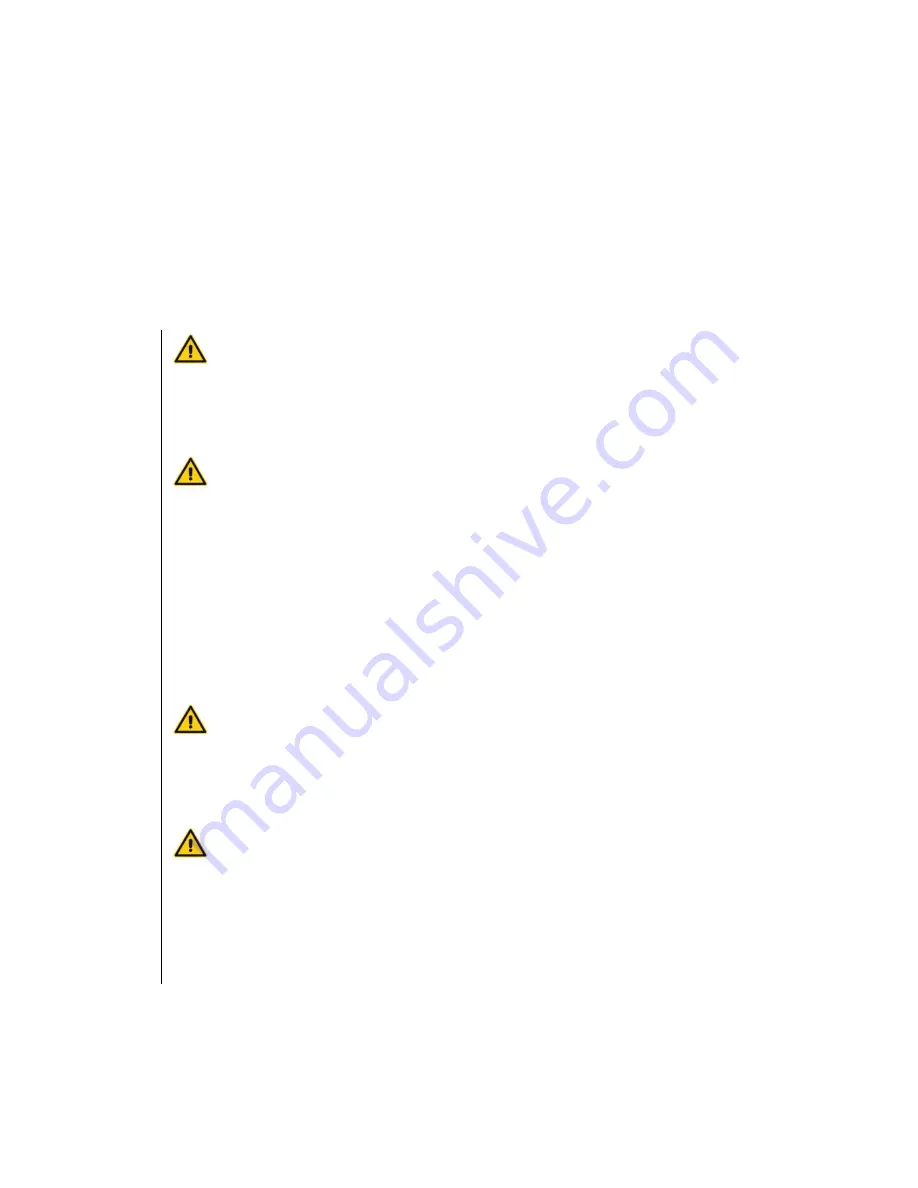
5
Engine Safety
Operator safety
Refer to engine
manufacturer’s documentation for additional engine safety and operating information.
Welding Safety
Operator Safety
DANGER: Explosion hazard.
Sparks, spatter, temperature, and open flame can cause an explosion.
Ensure the work area is free from combustible and explosive materials, fumes, and
gases.
Ensure gas cylinders do not leak, are well maintained and are held safely in place.
DANGER: Asphyxiation hazard.
Welding produces toxic fumes and gases you cannot see or smell.
Keep face away from fumes. Do not breathe fumes.
If ventilation if poor, use an approved air-supplied respirator.
Read and understand all applicable Material Safety Data Sheets (MSDSs) and
manufacturers’ documentation for metals. Consumables, coating and cleaning solutions.
Work in a well ventilated area or use appropriate ventilation. Ensure welding gases are
vented from enclosed spaces.
Do not weld in locations near degreasing, cleaning, or spraying operations.
Do not work on coated metals, such as galvanized or plated steel, unless the coating is
removed from the weld area and the area is well ventilated. Use an appropriate air-
supplied respirator while working on these materials.
WARNING: Fire and burn hazard.
Welding equipment and the welding process can cause fire and burns.
Protect yourself, other people, and surrounding area from flying sparks and hot metal.
Do not weld where flying sparks can strike flammable materials.
Watch for fire, and keep a fire extinguisher nearby.
WARNING: Welding arc hazard.
Arc rays from the welding process can produce intense heat and strong
ultraviolet rays that can burn eyes and skin.
Protect eyes and face by wearing a welding helmet with proper shade. Wear approved
safety glasses with side shields.
Wear protective clothing.
Use protective screens or barriers to protect others from flash and glare. Warn others
not to watch the welding arc.
Use ear protection if noise level is high.






































